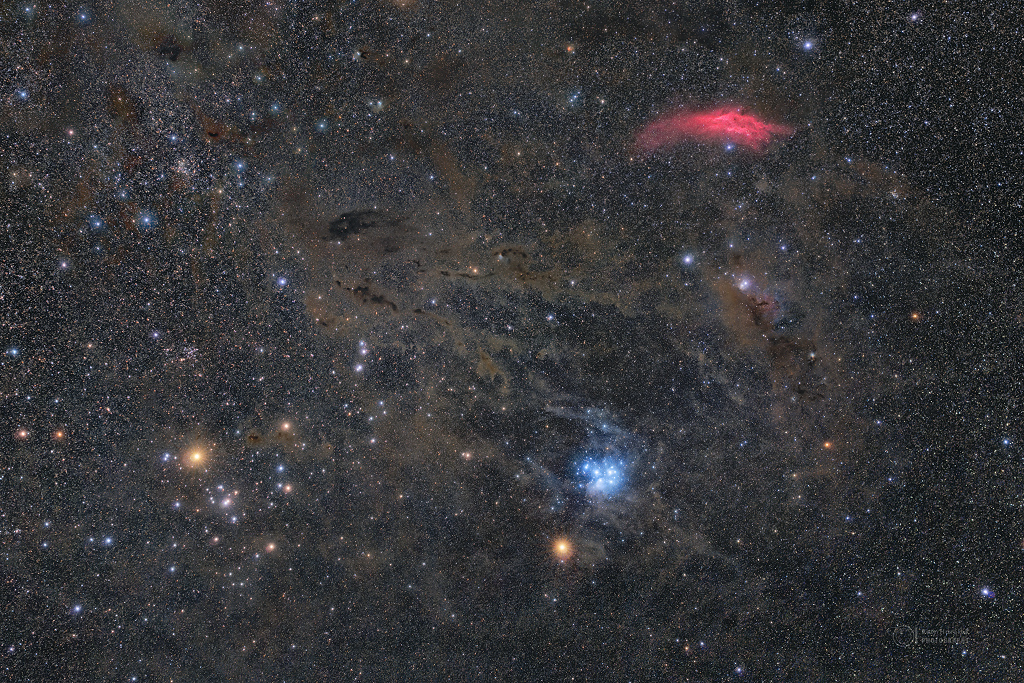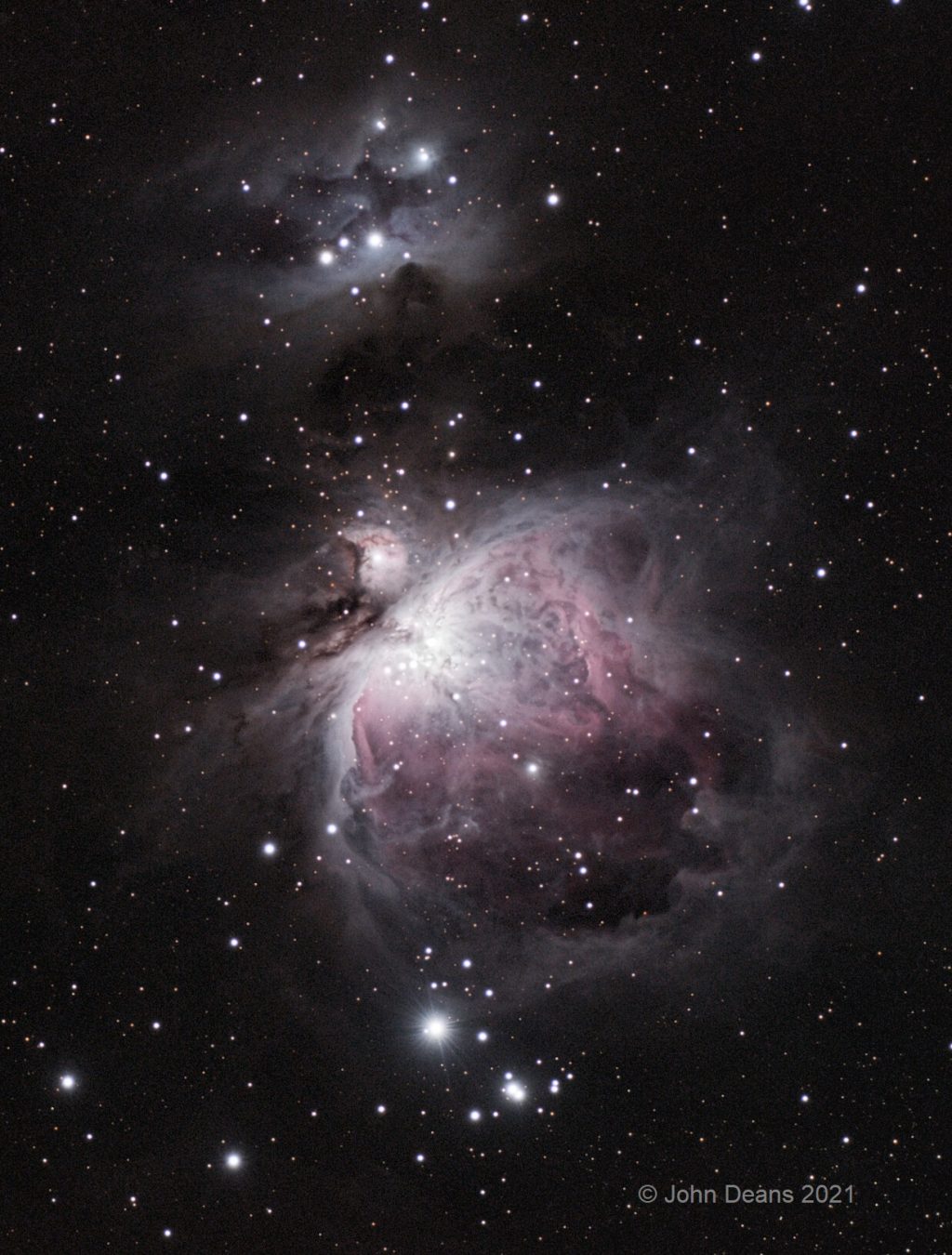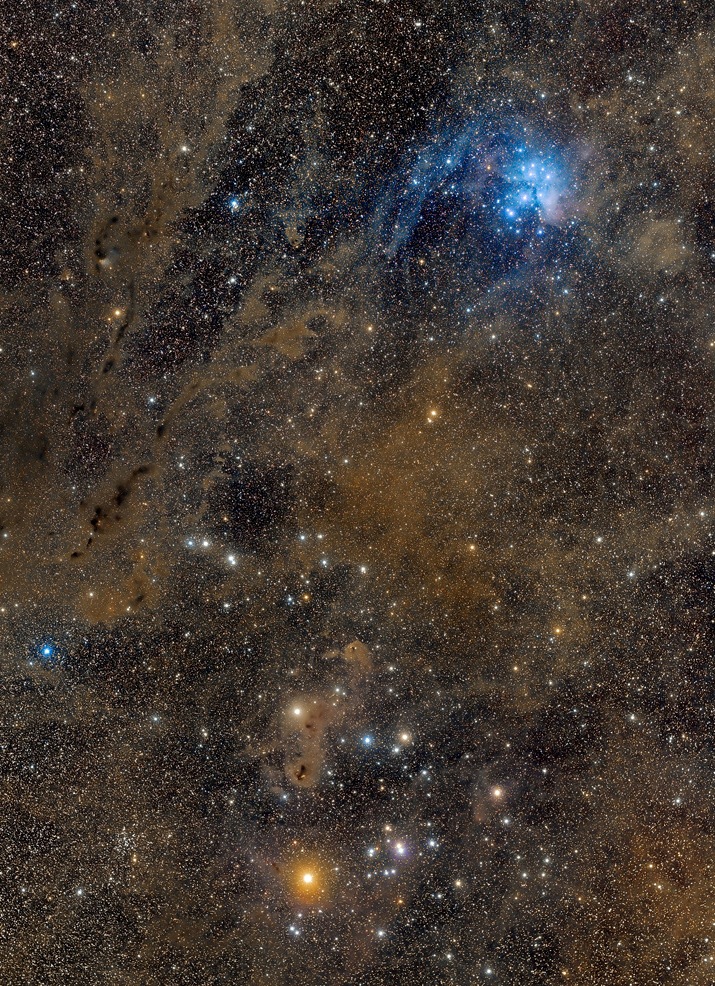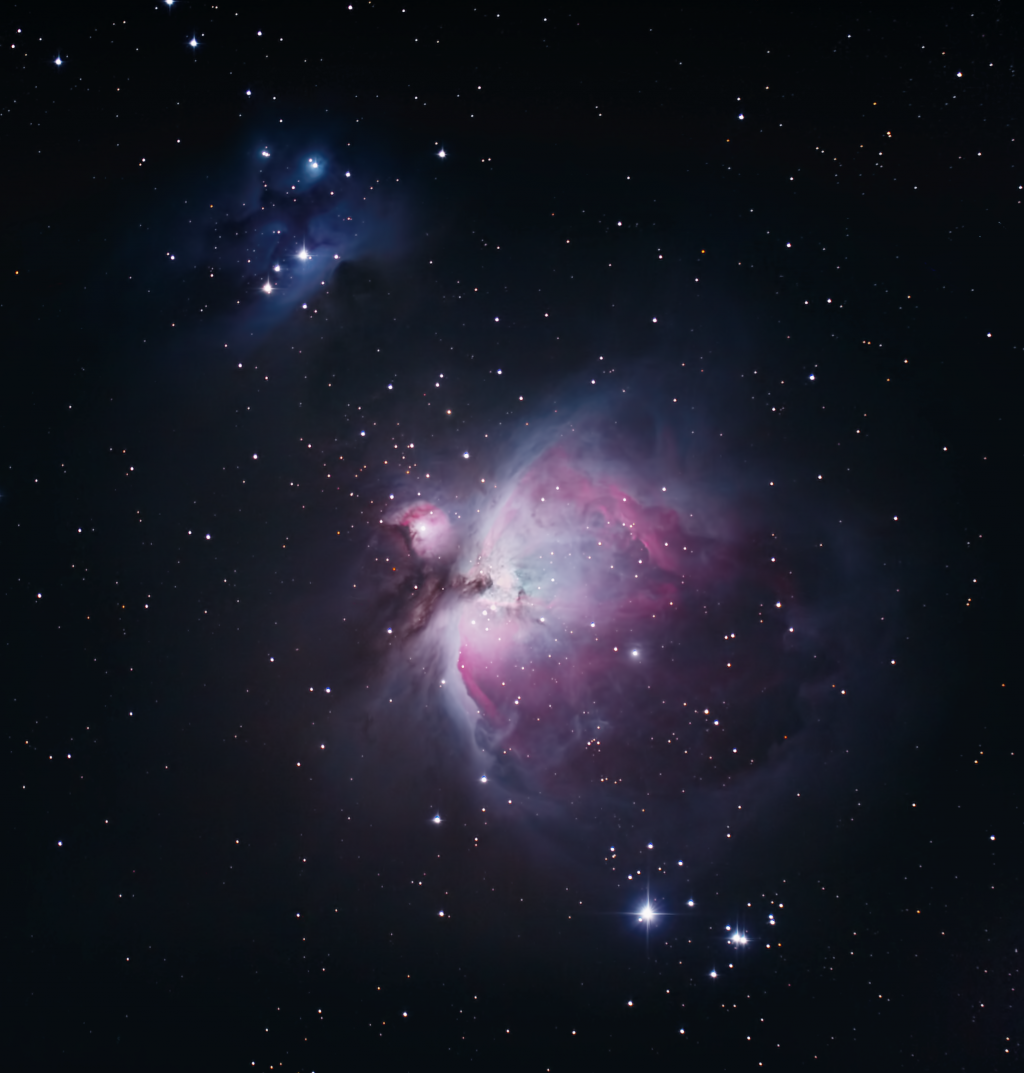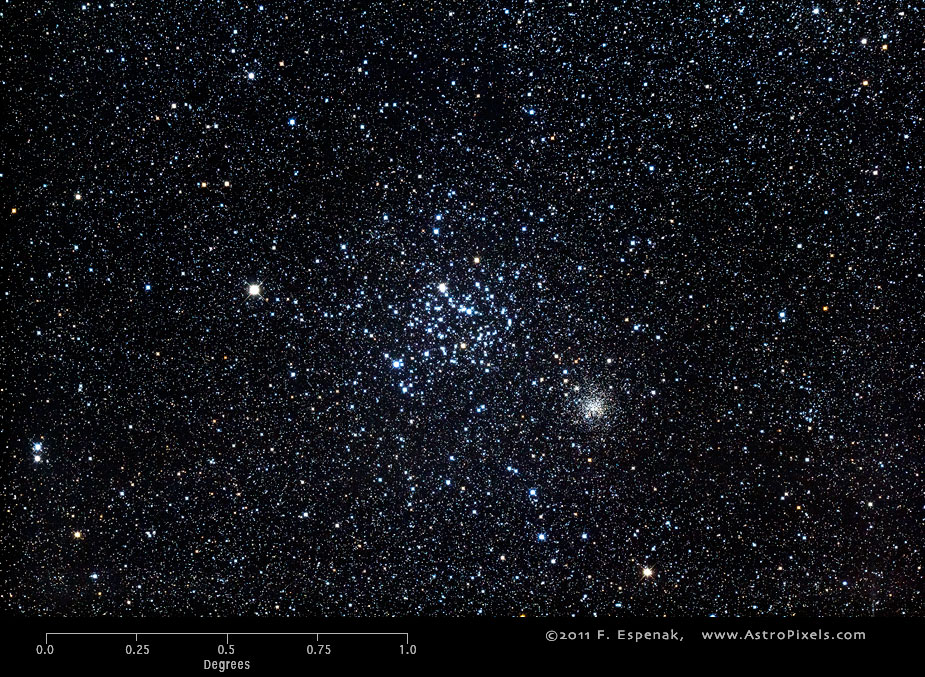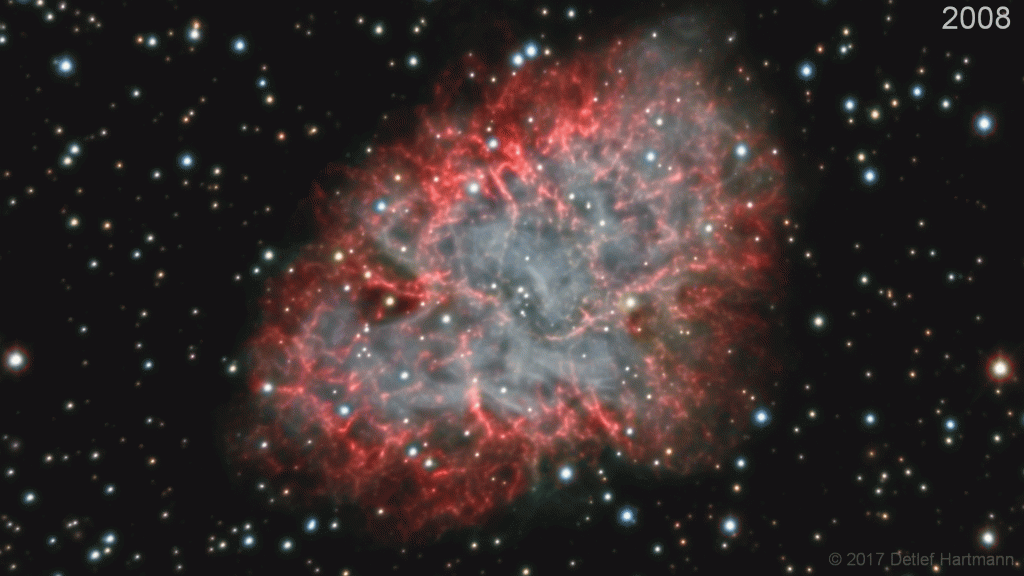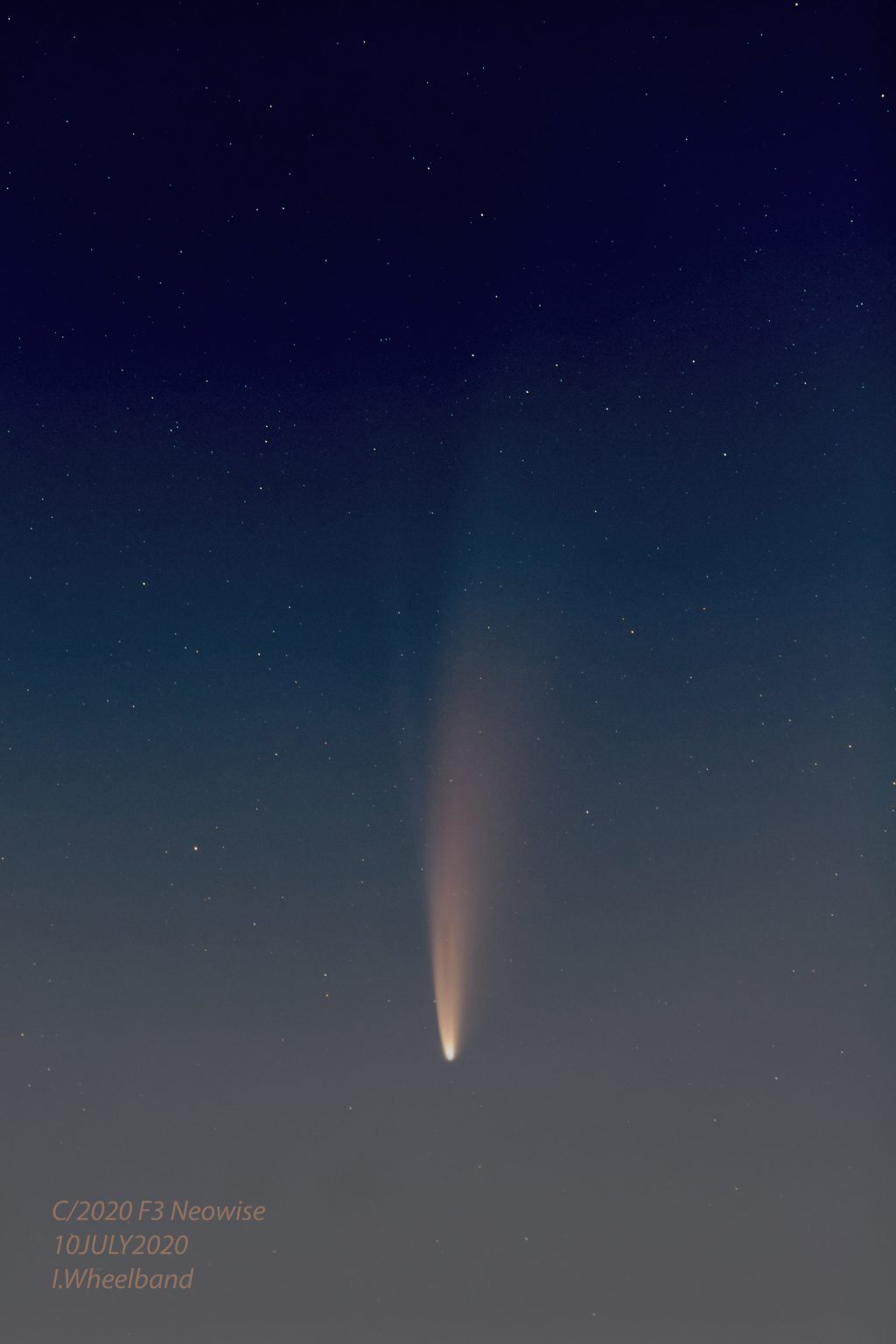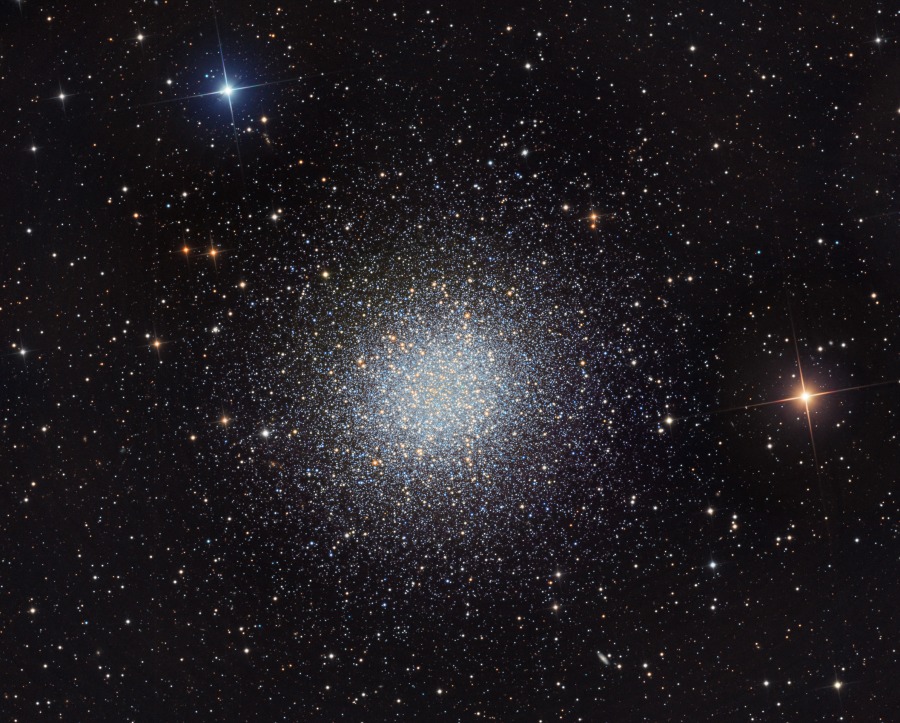Decoding Daylight Saving Time, Morning Moon Passes Planets, Mars nears the Bull’s Eye, and Gemini’s Gems!
This spectacular image by Petr Horalek od Institute of Physics in Opava shows reddish Mars (bottom centre) just below the blue Pleiades star cluster on March 3, 2021, and Mars’ “twin”, the reddish star Aldebaran above the “V” of Taurus at lower left. The red streak at the upper right is the California Nebula in…
Read more
